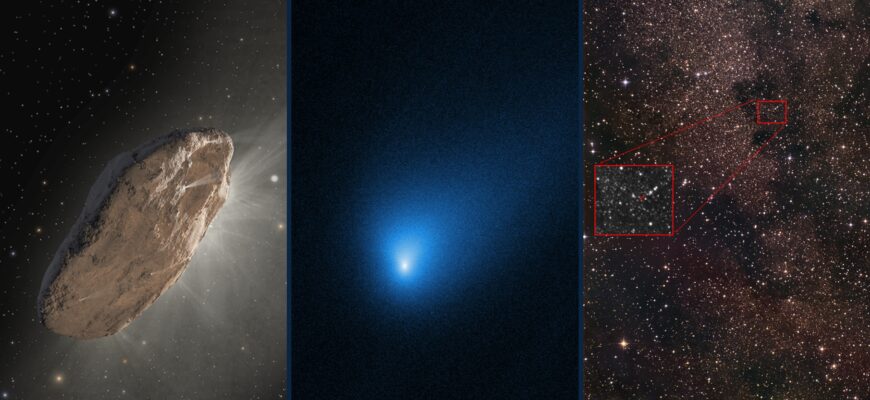When an object from beyond our solar system makes a grand entrance, the human imagination often takes flight faster than any spacecraft. Such was the case with 3I/ATLAS, an interstellar visitor first spotted on July 1st. Whispers of `alien ships` inevitably accompanied its mysterious arrival, a testament to our enduring fascination with the unknown.
Unveiling the True Nature of 3I/ATLAS
For weeks, the astronomical community and the public alike pondered the true identity of this enigmatic voyager. Could it be a technological marvel from another civilization? A relic of a cosmic conflict? The possibilities, however speculative, fueled a wave of excitement.
However, the universe, in its infinite wisdom, often prefers elegance over sensationalism. Recent, crystal-clear photographs obtained from the esteemed Gemini Observatory in Chile have decisively settled the debate. According to astronomer Mark Norris, these images unequivocally “demonstrate that 3I/ATLAS is a comet.” It appears our interstellar guest is less of a star-faring vessel and more of a truly ancient cosmic snowball.
The Evidence: An Icy Heart and a Dusty Veil
The visual evidence is compelling. The new images distinctly show a characteristic icy core, a definitive hallmark of comets, enveloped by a vast, diffuse cloud of dust and gas — a “coma.” This glowing shroud forms as the comet approaches a star, causing its frozen volatiles to sublimate directly from solid to gas, carrying dust particles with them. This characteristic signature leaves little room for ambiguity, firmly placing 3I/ATLAS within the familiar celestial category of comets. The observational capabilities of the Gemini Observatory, strategically located in the clear skies of Chile, were instrumental in capturing these crucial details.
A Journey Older Than Our Sun
Yet, the classification as a comet hardly diminishes its scientific allure. What makes 3I/ATLAS truly extraordinary is its age and origin. Computer models, meticulously analyzing its trajectory and properties, estimate this cosmic wanderer to be over 7.5 billion years old — a staggering three billion years senior to our own Sun. Imagine, an object that has traversed the vast emptiness between star systems for eons, predating the very star that warms our planet and fueled the birth of our solar system.
This incredible antiquity transforms 3I/ATLAS from a mere celestial body into a venerable relic, carrying secrets from distant, long-forgotten star systems. Its journey offers a rare, direct glimpse into the chemical composition and conditions of stellar nurseries far removed from our own. Studying such an ancient object provides invaluable data on the early universe and the processes that formed the first generations of stars and planetary systems.
The Enduring Thrill of Cosmic Discovery
While the initial “alien ship” hypothesis has been neatly filed away under “wishful thinking,” the reality of 3I/ATLAS as an ancient interstellar comet provides a profound window into the universe`s expansive history and the dynamic nature of galactic wanderers. Sometimes, the truth, while perhaps less dramatic in a sci-fi sense, is far more scientifically captivating, inviting us to ponder the grand cosmic ballet that unfolds far beyond our humble solar system.








